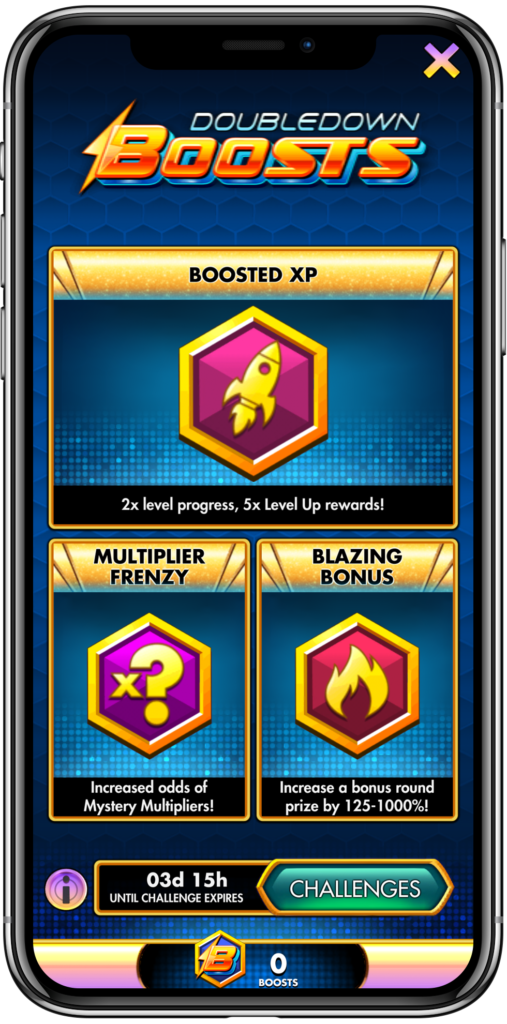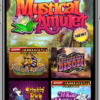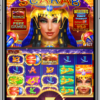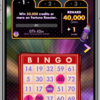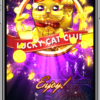User Experience Designer // 2019-Present // Available on Android and iOS
A Social Casino with Usability in Mind
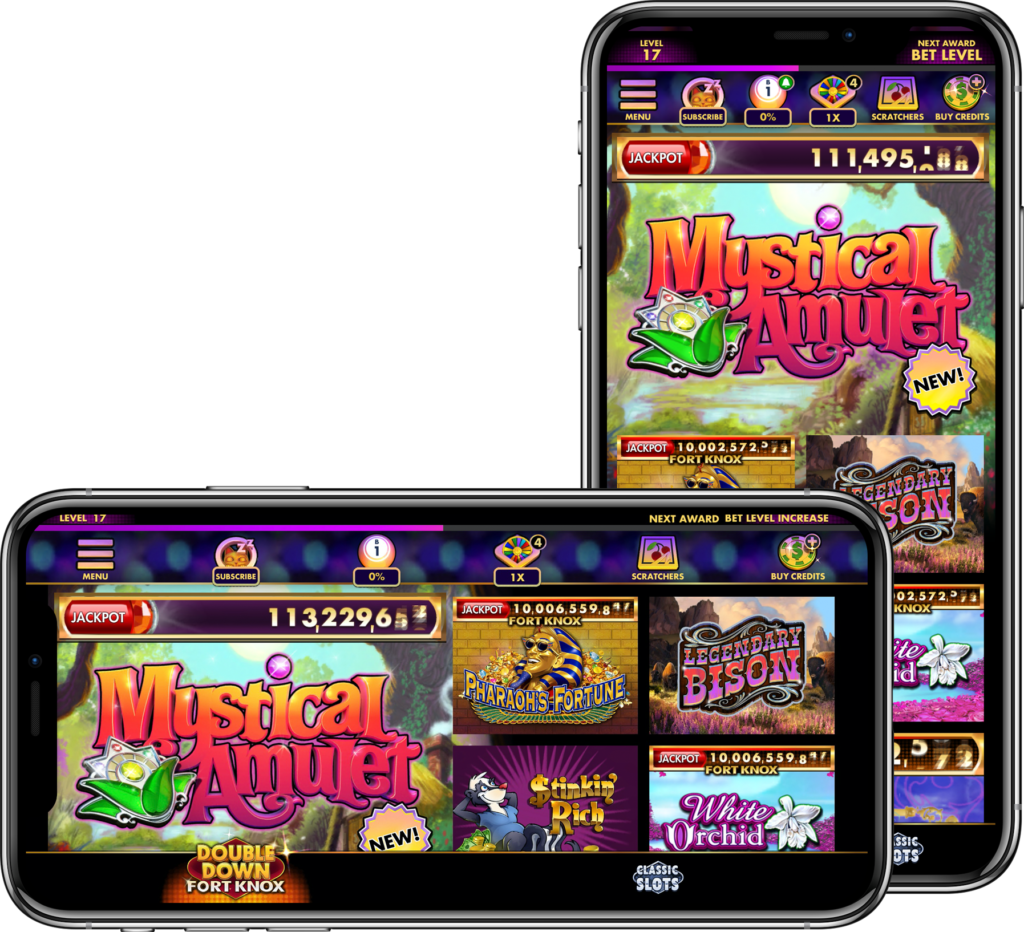
Early in the application development process, there were many discussions around screen orientation for mobile devices. A lot of competitors utilized the width of a landscape orientation to mimic older, real-world slot games. However, once real-life slot games started incorporating second screens or larger verticle screens, the 1:1 connection between the new slot games and their mobile counterparts became difficult to maintain. Alternatively, building in a portrait resolution would cater more toward one-handed comfort – ultimately limiting the horizontal width.
To optimize the experience, we opted to design the user interface around both orientations by allowing players to orient their devices either vertically or horizontally.
Defining the New User Experience

In the application’s beginning stages, players were introduced to features as they were produced. This method was fairly effective for existing players but as the application continued to expand and more features were added, the approach proved to be very problematic for players who were new to the application.
Players opening the app for the first time were met with a barrage of pop-ups, most of which were notifications for features that players did not have context for. Additionally, these pop-ups were getting in the way of the one thing players initially downloaded the app for: playing slot games. Shortly after joining the team, I emphasized the need to address the user experience as a whole by proactively leading the design efforts and implementing a user-centered approach across all the cross-functional teams.
To improve player onboarding, we prioritized each of the application’s features, which were to be introduced to players as they progressed through the game. The highest priority was to introduce new players to a slot game, which was designed to educate them on the core gameplay. These changes have yielded a significant increase in early player retention as well as improved understanding of the application features.
Built to Grow
A problem we face as the application continued to grow, was an increasing load time for players, especially on older devices with lower memory. Features and new games were adding to the build size and we had to find a solution to better the experience for a large part of our audience.
Using dynamic asset bundles and ghost loading the lobby, we dramatically reduced the file size and load time. Gradually loading the content instead of loading it at launch, allowed players to interact and enjoy with the application much faster.
Utilizing Non-Typical Casino Features
It was important for the application to stand out from its competition as we added new features to the games. The design of these features was defined by the casino landscape as well as a desire to create an original and unique experience.
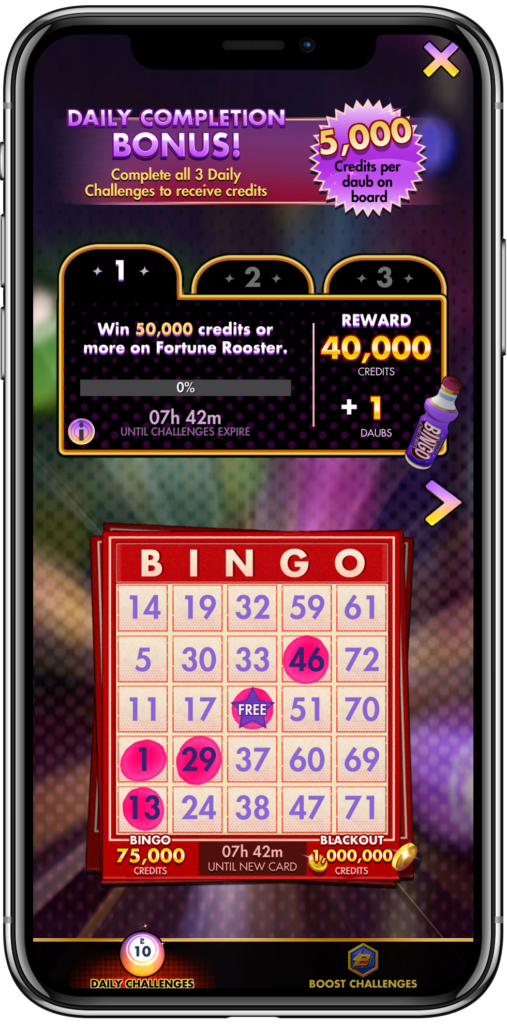
Daily Bingo Challenges
We wanted to increase daily retention and slot gameplay session times for our players using a lightweight feature. Ideally, this new feature would encourage players to play our slot games continuously and reward players that participated in the feature regularly. We tried a few different themes for this feature but the moment we considered making the feature into a bingo game, we knew we had it.
Players earn bingo daub calls for completing 3 daily challenges during gameplay. Players can achieve a bingo or blackout by collecting these daubs for larger rewards. Using daily challenges isn’t uncommon in the mobile game landscape, but by combining them with something familiar to the casino crowd, these daily challenges stand out from our competitors’ use of the feature.

